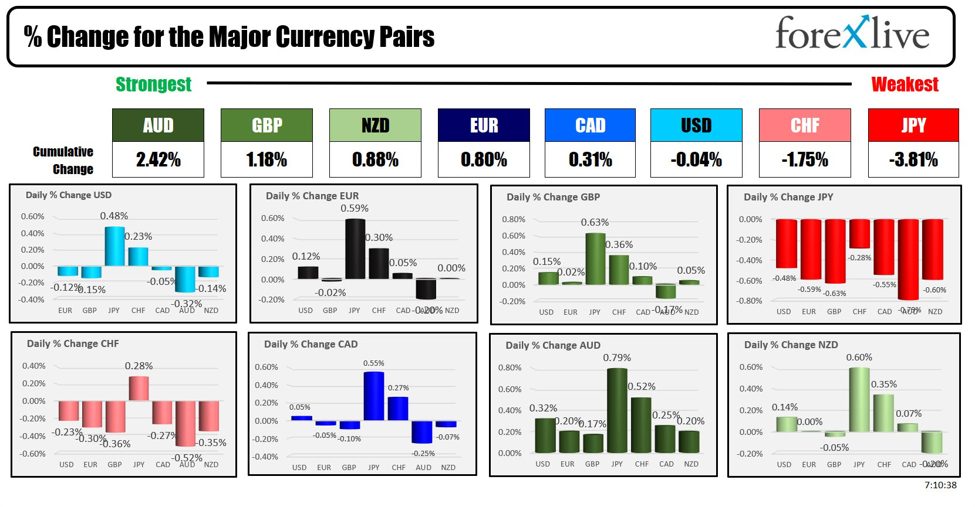|
FUND INFORMATION |
|
Manager(s): Sonu Kalra |
|
Trading Symbol: FBGRX |
|
Start Date: December 31, 1987 |
|
Size (in millions): $67,270.68 |
|
Morningstar Category: Fund Large Growth |
The value of equity securities fluctuates in response to issuer, political, market, and economic developments. In the short term, equity prices can fluctuate dramatically in response to these developments. Different parts of the market and different types of equity securities can react differently to these developments. For example, ‘growth’ stocks can react differently from ‘value’ stocks. Foreign securities, foreign currencies, and securities issued by U.S. entities with substantial foreign operations can involve additional risks. You may have a gain or loss when you sell your shares. Non-diversified funds that focus on a relatively small number of issuers tend to be more volatile than diversified funds and the market as a whole
Definitions and Important Information
Information provided in, and presentation of, this document are for informational and educational purposes only and are not a recommendation to take any particular action, or any action at all, nor an offer or solicitation to buy or sell any securities or services presented. It is not investment advice. Fidelity does not provide legal or tax advice.
Before making any investment decisions, you should consult with your own professional advisers and take into account all of the particular facts and circumstances of your individual situation. Fidelity and its representatives may have a conflict of interest in the products or services mentioned in these materials because they have a financial interest in them, and receive compensation, directly or indirectly, in connection with the management, distribution, and/or servicing of these products or services, including Fidelity funds, certain third-party funds and products, and certain investment services.
CHARACTERISTICS
Earnings-Per-Share Growth Trailing measures the growth in reported earnings per share over trailing one- and five-year periods.
Earnings-Per-Share Growth (IBES 1-Year Forecast) measures the growth in reported earnings per share as estimated by Wall Street analysts.
Median Market Cap identifies the median market capitalization of the portfolio or benchmark as determined by the underlying security market caps.
Price-to-Book (P/B) Ratio is the ratio of a company’s current share price to reported accumulated profits and capital.
Price/Cash Flow is the ratio of a company’s current share price to its trailing 12-months cash flow per share.
Price-to-Earnings (P/E) Ratio (IBES 1-Year Forecast) is the ratio of a company’s current share price to Wall Street analysts’ estimates of earnings.
Price-to-Earnings (P/E) Ratio Trailing is the ratio of a company’s current share price to its trailing 12-months earnings per share.
Return on Equity (‘ROE’) 5-Year Trailing is the ratio of a company’s last five years historical profitability to its shareholders’ equity. Preferred stock is included as part of each company’s net worth.
Sales-Per-Share Growth measures the growth in reported sales over the specified past time period.
Weighted Average Market Cap identifies the market capitalization of the average equity holding as determined by the dollars invested in the portfolio or benchmark.
Weighted Median Market Cap identifies the market capitalization of the median equity holding as determined by the dollars invested in the portfolio or benchmark.
IMPORTANT FUND INFORMATION
Relative positioning data presented in this commentary is based on the fund’s primary benchmark (‘INDEX’) unless a secondary benchmark is provided to assess performance.
INDICES
It is not possible to invest directly in an index. All indices represented are unmanaged. All indices include reinvestment of dividends and interest income unless otherwise noted.
Russell 1000 Growth Index is a market capitalization-weighted index designed to measure the performance of the large-cap growth segment of the U.S. equity market. It includes those Russell 1000 Index companies with higher price-to-book ratios and higher forecasted growth rates.
Russell 1000 Value Index is a market capitalization-weighted index designed to measure the performance of the large-cap value segment of the U.S. equity market. It includes those Russell 1000 Index companies with a lower price-to-book ratio and a lower expected growth rate.
MARKET-SEGMENT WEIGHTS
Market-segment weights illustrate examples of sectors or industries in which the fund may invest, and may not be representative of the fund’s current or future investments. They should not be construed or used as a recommendation for any sector or industry.
RANKING INFORMATION
© 2024 Morningstar, Inc. All rights reserved. The Morningstar information contained herein: (1) is proprietary to Morningstar and/or its content providers; (2) may not be copied or redistributed; and (3) is not warranted to be accurate, complete or timely. Neither Morningstar nor its content providers are responsible for any damages or losses arising from any use of this information. Fidelity does not review the Morningstar data and, for mutual fund performance, you should check the fund’s current prospectus for the most up-to-date information concerning applicable loads, fees and expenses.
% Rank in Morningstar Category is the fund’s total-return percentile rank relative to all funds that have the same Morningstar Category. The highest (or most favorable) percentile rank is 1 and the lowest (or least favorable) percentile rank is 100. The top performing fund in a category will always receive a rank of 1%. % Rank in Morningstar Category is based on total returns which include reinvested dividends and capital gains, if any, and exclude sales charges. Multiple share classes of a fund have a common portfolio but impose different expense structures.
RELATIVE WEIGHTS
Relative weights represents the % of fund assets in a particular market segment, asset class or credit quality relative to the benchmark. A positive number represents an overweight, and a negative number is an underweight. The fund’s benchmark is listed immediately under the fund name in the Performance Summary.
3-YEAR RISK/RETURN STATISTICS
Beta is a measure of the volatility of a fund relative to its benchmark index. A beta greater (less) than 1 is more (less) volatile than the index.
Information Ratio measures a fund’s active return (fund’s average monthly return minus the benchmark’s average monthly return) in relation to the volatility of its active returns.
R-Squared measures how a fund’s performance correlates with a benchmark index’s performance and shows what portion of it can be explained by the performance of the overall market/index. RSquared ranges from 0, meaning no correlation, to 1, meaning perfect correlation. An R-Squared value of less than 0.5 indicates that annualized alpha and beta are not reliable performance statistics.
Sharpe Ratio is a measure of historical risk-adjusted performance. It is calculated by dividing the fund’s excess returns (the fund’s average annual return for the period minus the 3-month “risk free” return rate) and dividing it by the standard deviation of the fund’s returns. The higher the ratio, the better the fund’s return per unit of risk. The three month “risk free” rate used is the 90-day Treasury Bill rate.
Standard Deviation is a statistical measurement of the dispersion of a fund’s return over a specified time period. Fidelity calculates standard deviations by comparing a fund’s monthly returns to its average monthly return over a 36-month period, and then annualizes the number. Investors may examine historical standard deviation in conjunction with historical returns to decide whether a fund’s volatility would have been acceptable given the returns it would have produced. A higher standard deviation indicates a wider dispersion of past returns and thus greater historical volatility. Standard deviation does not indicate how the fund actually performed, but merely indicates the volatility of its returns over time.
Tracking Error is the divergence between the price behavior of a position or a portfolio and the price behavior of a benchmark, creating an unexpected profit or loss.
Before investing in any mutual fund, please carefully consider the investment objectives, risks, charges, and expenses. For this and other information, call or write Fidelity for a free prospectus or, if available, a summary prospectus. Read it carefully before you invest.
Past performance is no guarantee of future results.
Views expressed are through the end of the period stated and do not necessarily represent the views of Fidelity. Views are subject to change at any time based upon market or other conditions and Fidelity disclaims any responsibility to update such views. These views may not be relied on as investment advice and, because investment decisions for a Fidelity fund are based on numerous factors, may not be relied on as an indication of trading intent on behalf of any Fidelity fund. The securities mentioned are not necessarily holdings invested in by the portfolio manager(s) or FMR LLC. References to specific company securities should not be construed as recommendations or investment advice.
Diversification does not ensure a profit or guarantee against a loss.
S&P 500 is a registered service mark of Standard & Poor’s Financial Services LLC.
Other third-party marks appearing herein are the property of their respective owners.
All other marks appearing herein are registered or unregistered trademarks or service marks of FMR LLC or an affiliated company.
Fidelity Brokerage Services LLC, Member NYSE, SIPC, 900 Salem Street, Smithfield, RI 02917.
Fidelity Distributors Company LLC, 500 Salem Street, Smithfield, RI 02917.
© 2024 FMR LLC. All rights reserved.
Not NCUA or NCUSIF insured. May lose value. No credit union guarantee. 656316.48.0















